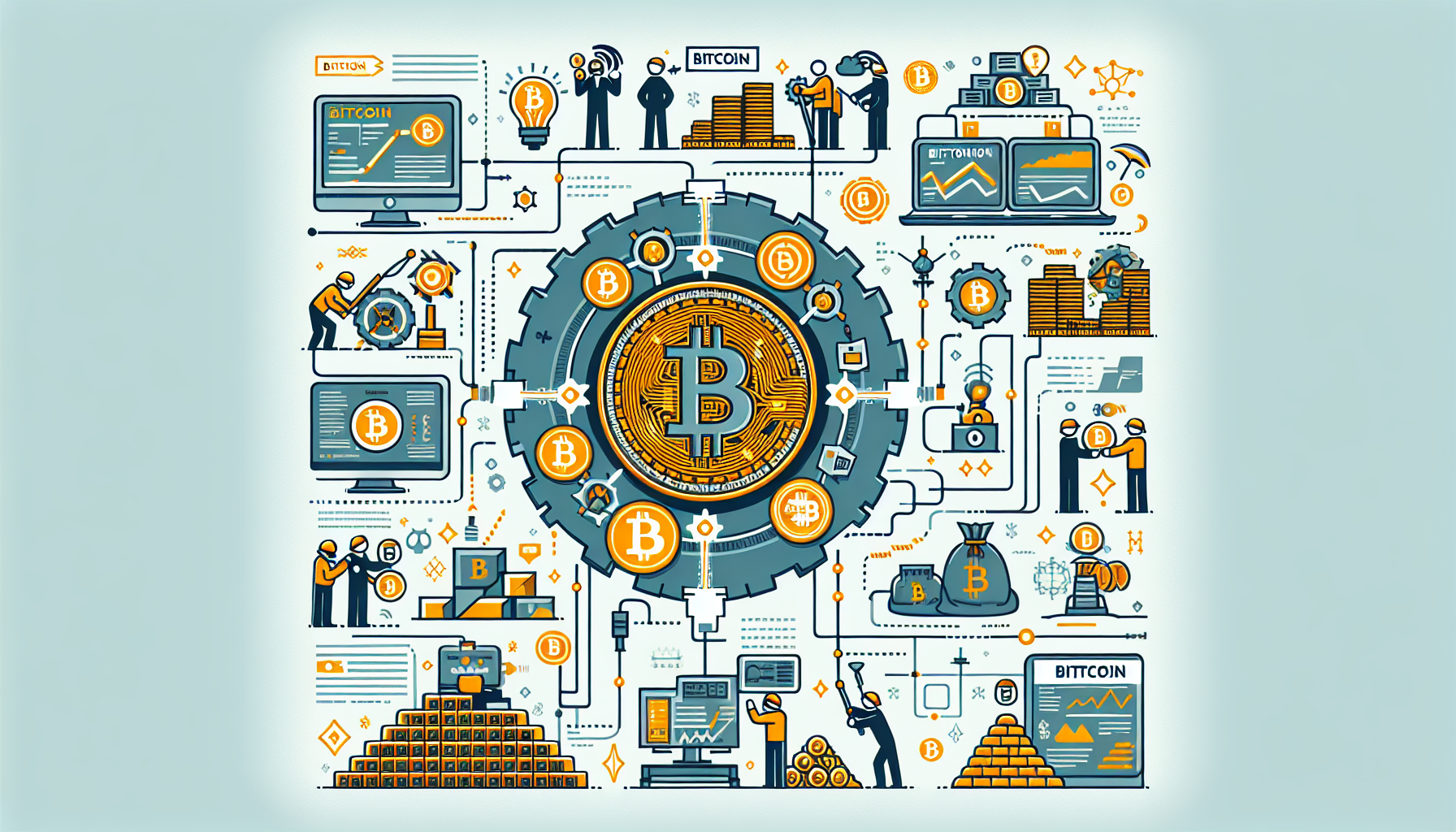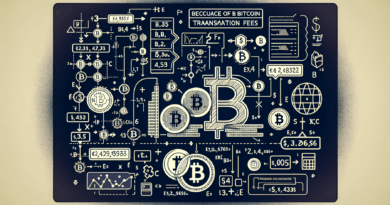How Bitcoin Mining Works: A Complete Guide to Understand the Process
Introduction: The Bitcoin Mining Puzzle
Have you ever wondered how Bitcoin mining works? As of 2023, approximately over 200 million Bitcoin wallets exist globally, yet many users are still in the dark about this crucial process. Understanding the fundamentals of blockchain technology is essential for anyone wishing to dive into the world of cryptocurrency.
What is Bitcoin Mining?
Bitcoin mining is the process through which new bitcoins are created and transactions are verified on the blockchain. Think of it as the backbone of the Bitcoin network, where individuals, known as miners, solve complex mathematical problems to add transactions to the public ledger. This not only secures the network but also keeps it decentralized.
How Does Bitcoin Mining Work?
- Miners utilize high-powered computers to compete in solving cryptographic puzzles.
- Once a solution is found, the transaction block gets added to the blockchain.
- The miner is then rewarded with a certain number of newly generated bitcoins and transaction fees.
The Importance of Mining Pools
Mining alone can be quite challenging due to the high level of competition. In fact, many miners join mining pools to combine their computational power and share rewards. This collaborative approach allows even small-scale miners to earn a steady income.

Key Components of Mining Pools
- Increased Efficiency: By pooling resources, miners enhance their chances of solving blocks.
- Low Entry Barriers: Joining a pool allows miners with less computational power to participate effectively.
- Shared Rewards: Earnings are distributed based on each miner’s contribution to the pool.
Types of Bitcoin Miners
Bitcoin miners can be categorized into three main types:
- CPU Miners: These utilize standard computer processors but are no longer practical for serious mining.
- GPU Miners: Graphics Processing Units offer superior performance and are favored by many individual miners.
- ASIC Miners: Application-Specific Integrated Circuits are designed specifically for mining and are the most powerful option.
Understanding Mining Difficulty and Hash Rate
The mining difficulty adjusts approximately every two weeks to ensure that new blocks are added to the blockchain roughly every ten minutes. This adjustment ensures miners remain engaged without overwhelming the network. The hash rate is a metric used to measure the computational power used on the network and directly impacts the chances of successfully mining Bitcoin.
How to Get Started with Bitcoin Mining?
- Choose Your Mining Hardware: Depending on your budget, select between ASIC, GPU, or CPU mining.
- Select a Mining Pool: Join a mining pool that fits your needs to increase rewards.
- Choose Your Wallet: A secure wallet is essential for receiving payments; consider hardware wallets like Ledger Nano X.
Conclusion: Join the Mining Revolution
Bitcoin mining is more than just a technical process; it’s an exciting opportunity to participate in a vibrant community of innovators. As the cryptocurrency landscape evolves, understanding how Bitcoin mining works can empower you to make informed decisions. Ready to get started? Check out our guide to secure wallets and some best practices!
Remember, this article does not constitute investment advice, and you should consult local regulatory authorities before participating in Bitcoin mining.
For further insights, visit bitcoininfoworld.
Author: Dr. Max Wagner, a digital currency expert with over 15 published papers on blockchain technology and former lead auditor for known cryptocurrency projects.




